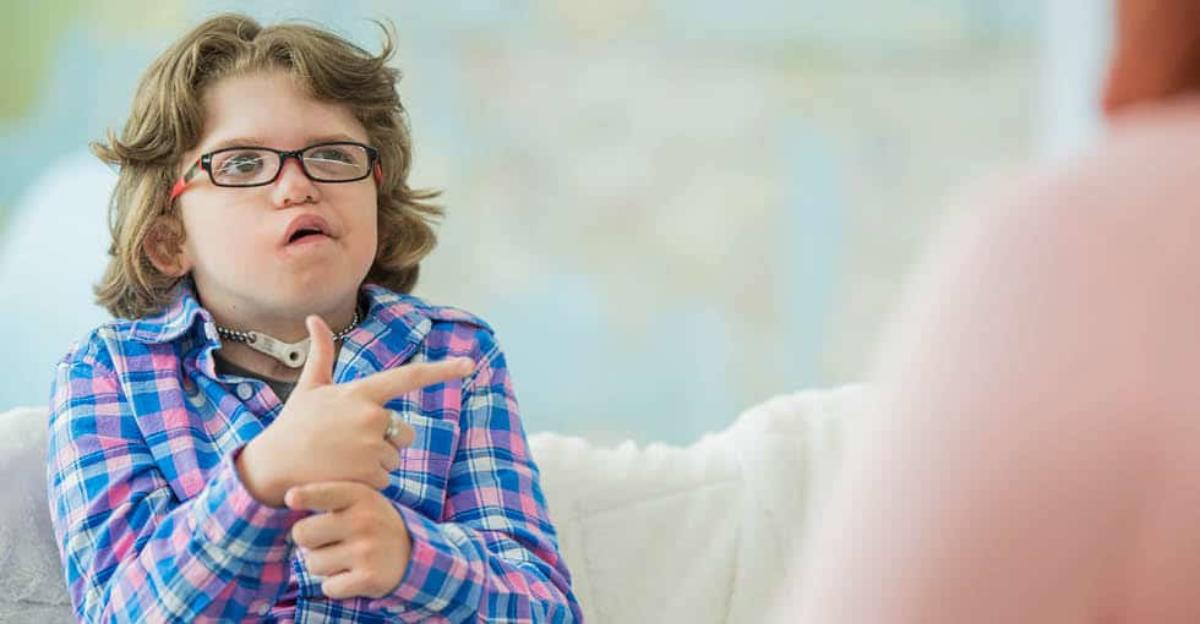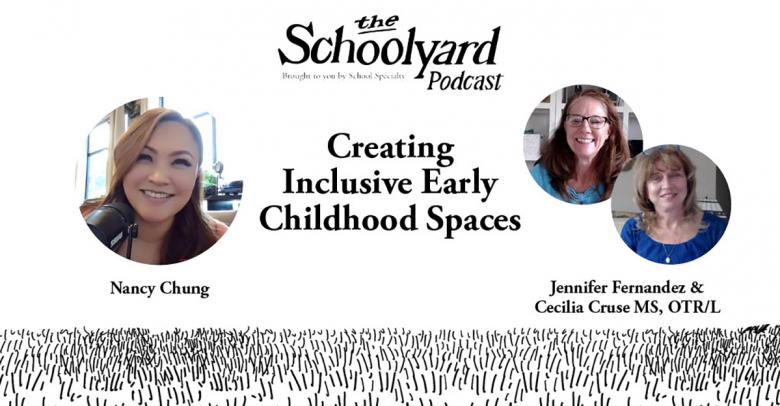This clip of a set of twins having a wonderful conversation with each other in a language only they understand went viral a few years ago and it is still fun to watch! The video (which begs for subtitles!) is a fascinating look at early language, communication and listening skills. For these twins, it seems they speak and understand each other perfectly. But what about when a child can’t speak or does speak but because of speech sound disorders cannot be understood? Treatment from a Speech Language Pathologist or SLP is usually recommended to work on articulation and/or phonological disorders as well as speech development, but for some children the issue is severe enough that an additional option of AAC (Augmentative and Alternative Communication) is implemented. Unaided AAC involves using the body (sign language, gestures) to communicate while Aided AAC uses equipment like message/communication boards, pen/paper, SGD’s, or Speech Generating Devices. SGD’s are electronic communication aids that allow the user to use picture symbols, letters, and/or words and phrases to create messages. Some devices can even be programmed to produce different spoken languages.
Here are some easy solutions for implementing Aided AAC:
Interactive Communication Cards make a great addition to a message board, refrigerator, or on a bedside clipboard as a means to communicate basic concepts quickly through pictures.
Foam Sign Language Letters help reinforce the concept of American Sign Language.
As a low- tech SGD, the Button Talk records up to a 10 second message which can then be replayed with the touch of a button. The three series allows for making choices or adding on concepts of first-then.
The Go-Talk is an easy to program, lightweight and durable SGD option. From the single icon Message Talker to the 4, 9, 20 or 32 Message Options there is a level for every child’s ability.
Need to translate something quickly to understand and/or speak with a child, parent or healthcare worker? The Mantra Lingua pen has options for Spanish, French, Mandarin and more translations. A must have for ELL classes and those learning a foreign language, with a rich resource library of read aloud books, it can also help reinforce language skills for children with speech sound disorders too.
Like the jabbering toddler twins, all children have the need.. and the right! to be able to communicate and be understood. As we close out May/BHSM join us again in expressing our thanks for the Speech and Language Pathologists that help our children with special needs listen, learn and communicate more effectively!






Leave a Reply